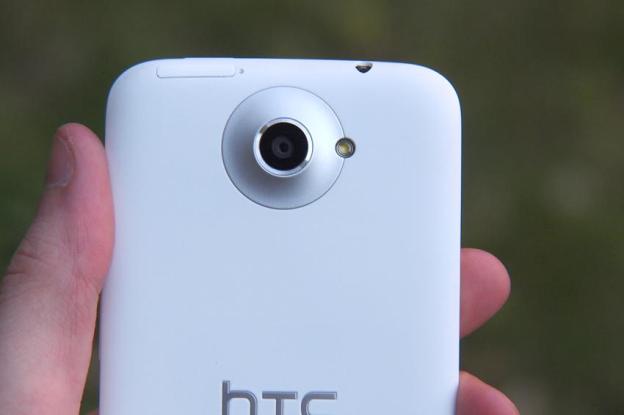 We already know HTC has an event planned for February 19, plus we’ve got a good idea the rumored HTC M7 will be at least one of the highlights, but a new rumor has added some color to the M7. It could feature a very special camera. According to Pocket-Lint, HTC won’t be using the word megapixel to describe the M7’s camera, but Ultrapixel instead.
We already know HTC has an event planned for February 19, plus we’ve got a good idea the rumored HTC M7 will be at least one of the highlights, but a new rumor has added some color to the M7. It could feature a very special camera. According to Pocket-Lint, HTC won’t be using the word megapixel to describe the M7’s camera, but Ultrapixel instead.
What’s an Ultrapixel you may ask? Well, it sounds a bit like marketing nonsense on HTC’s part, and could be its version of Nokia’s PureView brand, i.e. the name given to highly capable camera modules used on certain smartphones in its range. Rumor has it the M7’s camera will be a made up of three, stacked 4.3-megapixel sensors, which thanks to some clever software will produce detailed, clear images surpassing that of a normal 13-megapixel camera.
Now, it’s not clear at all how this term will be applied to the M7’s camera. Will the 13-megapixel total become a single Ultrapixel, or will it simply be 13-ultrapixels, or it could even be a 4.3-Ultrapixel camera. HTC is playing with fire though, as the word megapixel actually means something – a million pixels – and is used for a reason, while Ultrapixel means absolutely nothing. Presumably then, HTC will still have to put a megapixel count in there somewhere, or it risks doing nothing but confusing everybody.
Of course, like the M7 name, the use of Ultrapixel hasn’t been confirmed and it could all change when the time comes. HTC is said to be working in a whole new marketing plan for the coming year, and the introduction of buzzwords such as Ultrapixel could be part of it. Whether it catches on is another thing, but if the M7’s camera is anywhere near as impressive as Nokia’s PureView efforts, it may not matter that the name is a bit silly.




